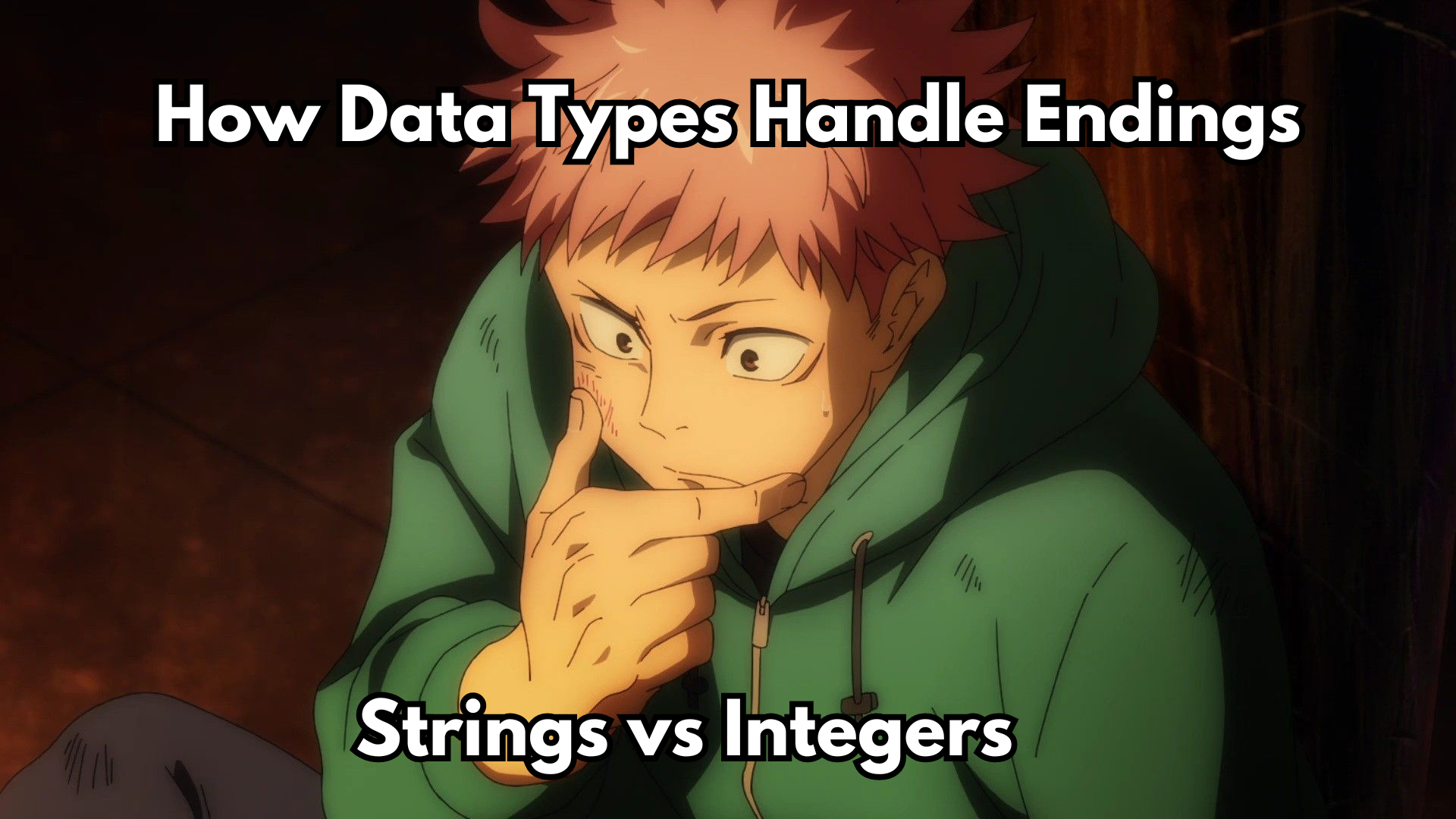How Data Types Handle Endings: Strings vs Integers
 Pixel
Pixel
There is no need for a special character like '\0' to signify the end of an integer or float. The size of the storage for integers and floats is typically fixed based on the data type (e.g., 4 bytes for a 32-bit integer or a single-precision float), so the computer knows how many bytes to read to interpret the value correctly.
For example, if you have a 32-bit integer stored in memory, it will occupy 4 consecutive bytes, and the computer will read those 4 bytes as a single integer value. There's no need for a special character to determine the end because the size of the data is predetermined.
When you work with strings in languages like C and C++, a null character is automatically added to the end of the string since the size of a string is unknown.
Subscribe to my newsletter
Read articles from Pixel directly inside your inbox. Subscribe to the newsletter, and don't miss out.
Written by

Pixel
Pixel
Backend Developer, who seldom explores cybersecurity.